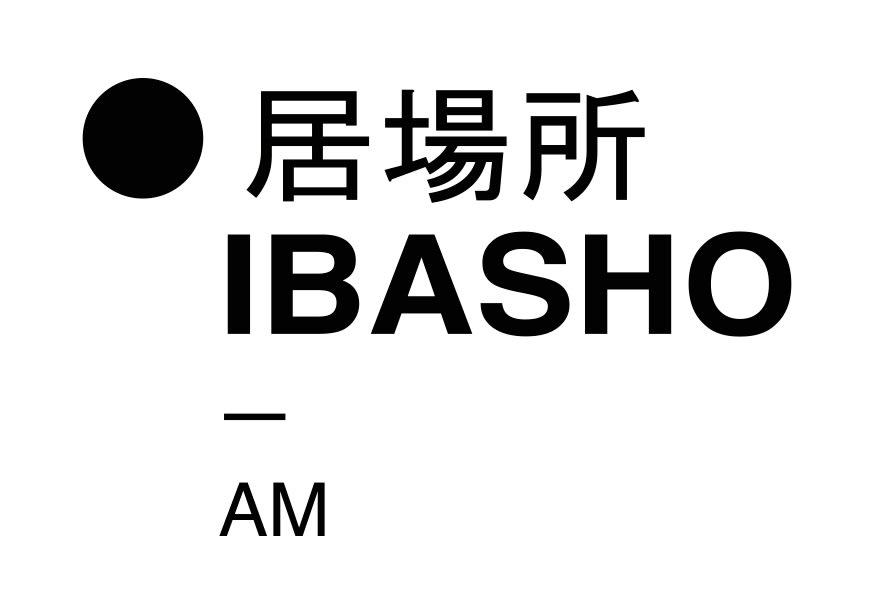Albarrán Cabrera believe the more resourceful a photographer is, the more ideas can be expressed. Thus, they research in their darkroom to find techniques that better express concepts through their work.
How Albarrán Cabrera photograph is very much influenced by Eastern philosophies with which they became acquainted during their extensive travels to Japan. They experienced that Japan offered them a completely different interpretation of reality compared to our Western conception. We all live in the same world, but it is interpreted from many, and totally diverse, points of view. The Western world is obsessed with symmetry and perfection. We understand beauty shaped by universal laws, granting great importance to the perfect and the eternal. The Japanese see beauty in the impermanent, the imperfect, the rustic and the melancholy. They long for what is not eternal, slightly broken, modest and fragile.
Albarrán Cabrera feel that these aesthetic-moral values of wabi and sabi have helped them “to open our eyes to the new aesthetic sensibility of those who are able to gain peace and serenity against the lightness of being of all earthly things that are destined to vanish with time.” For them, the aesthetics of wabi and sabi has placed them on the way to an imperfect beauty that leads them to the infinite beauty.
Angel Albarrán (b.1969, Barcelona) and Anna Cabrera (b. 1969, Sevilla) have worked collaboratively as art photographers since 1996. Influenced by both occidental and oriental thinkers and artists, their photographs question our assumptions of time, place and identity to stimulate a new understanding of one’s own experience and perception. Their photographs have been exhibited across Europe, the United States and Japan and are held in the private collections of Hermès, the Goetz Collection, Banco de Santander, The German Bundestag, and De Nederlandsche Bank among others. The artists are based in Barcelona, Spain.

